Desert death worm - a mysterious inhabitant of the Gobi Desert (9 photos)
One of the most mysterious fantasy characters of recent years has been Shai-Hulud, a giant desert worm in The Dune Chronicles, written by Frank Herbert. 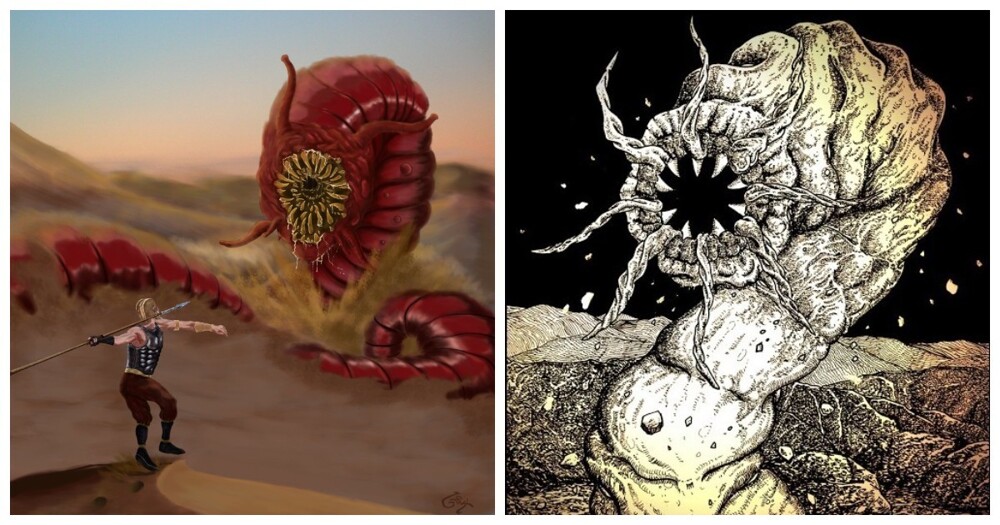
However, the “lord of eternity” (shah-e-hulud), as his name is translated from Persian, has a prototype. Not exactly real, but capable of claiming this status. 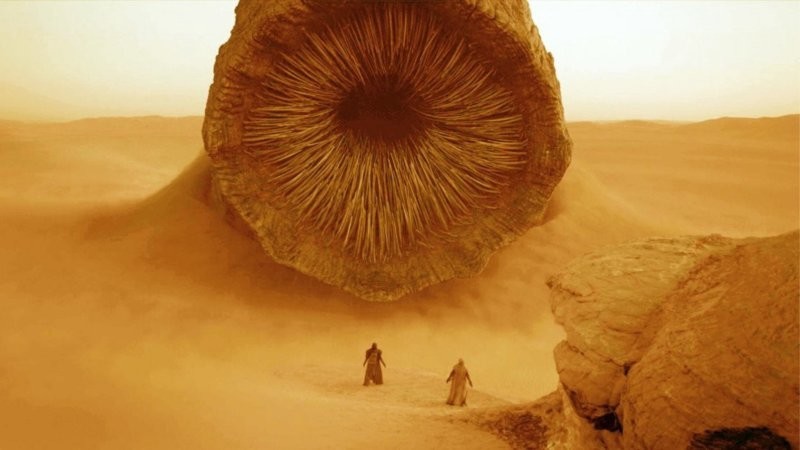
Still from the film "Dune" 2021
Deep in the heart of the Gobi Desert lurks a creature as mysterious as it is terrifying, known to locals as the Mongolian death worm. This creature intrigues scientists, adventurers and the simply curious. But what is the Mongolian death worm, and why has it captivated the minds of many?
Legends of the Death Worm 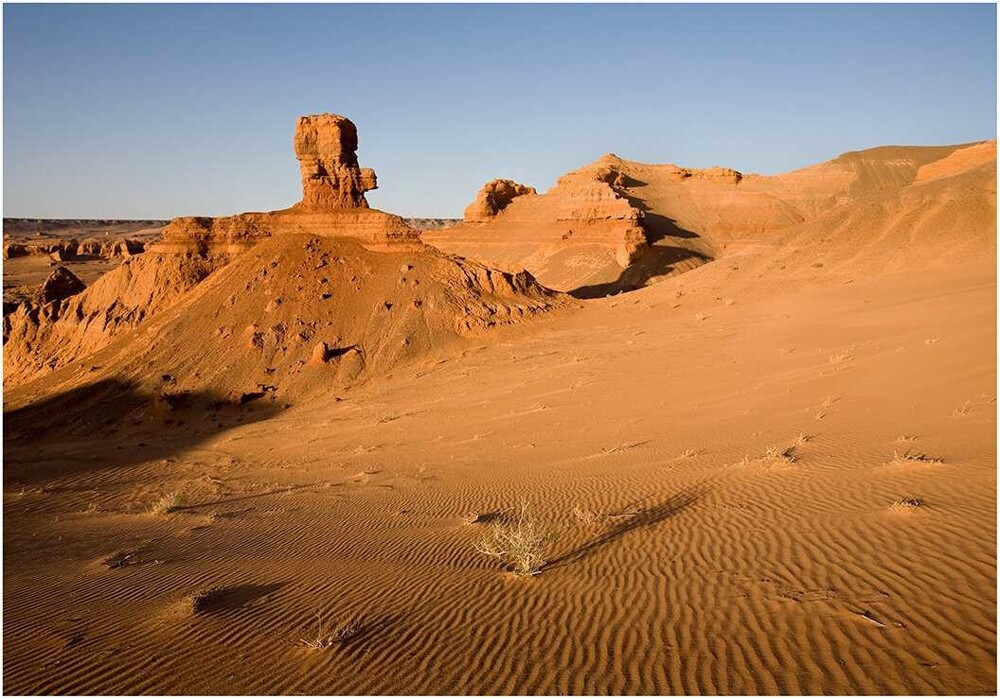
Gobi Desert
The Mongolian death worm, or olgoi-khorkhoi as it is called in Mongolia, is called the "intestinal worm" because of its supposed resemblance to cow intestines. It is believed that this creature lives in the vast expanses of the Gobi Desert.
It is described as red, long and thick, capable of spewing caustic poison or delivering electric shocks to both its prey and its enemies. The legend persisted for centuries, passed down from generation to generation, painting a portrait of a creature as elusive as it was deadly.
Who or what are you? 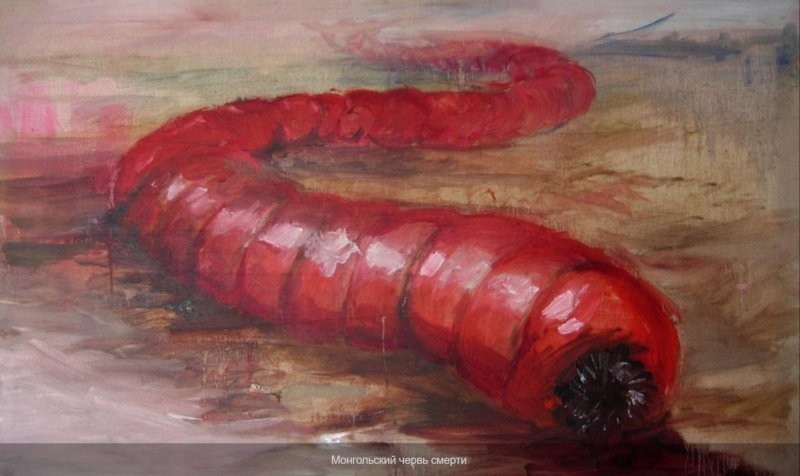
Interpretation of the Mongolian death worm by Belgian artist Pieter Dierckx
Despite numerous expeditions created to find out the truth about the Mongolian death worm, concrete evidence of its existence has never been found. Many went to the Gobi in the hope of meeting this legendary monster, armed with stories and sketches. But most returned with even more questions and no answers.
The lack of physical evidence did not discourage interest, but rather added fuel to the fire of curiosity. Biologists and cryptozoologists are drawn to this mystery, wondering whether this creature is an undiscovered species or just a myth.
Cultural phenomenon 
Sometimes a sand boa is mistaken for a worm
The Mongolian death worm occupies an important place in the folklore of the Mongolian people. This is not just a monster to be feared, but a manifestation of the harsh and unpredictable nature of the unforgiving desert, which severely punishes recklessness and self-confidence.
Stories surrounding the worm serve as a cautionary tale, reminding locals and visitors alike of the respect the unforgiving Gobi demands. This creature, real or imaginary, symbolizes the secrets that lie hidden beneath the sands, waiting to be revealed. Or they will be left in the sand forever. 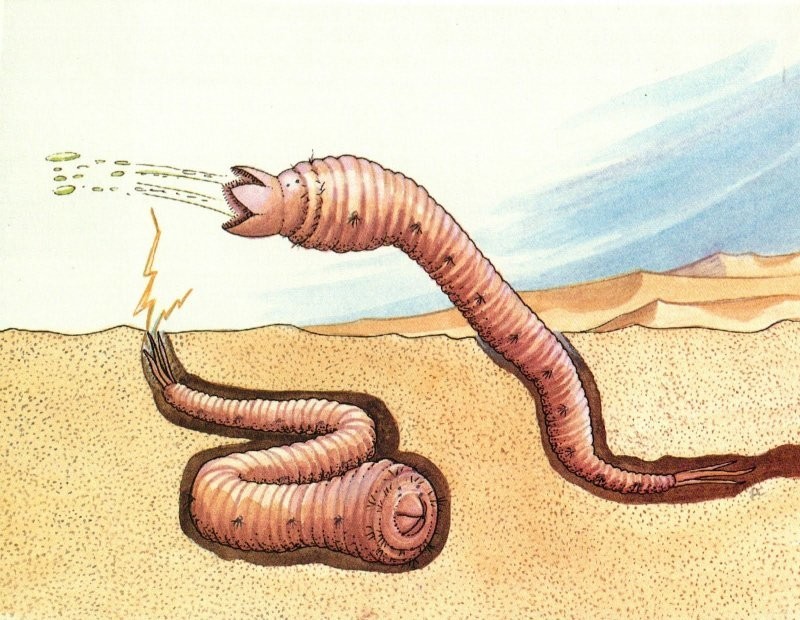
From a scientific perspective, the Mongolian death worm is a fascinating mystery. The descriptions and abilities attributed to it, from spitting venom to generating electricity, resemble traits found in various animals in the real world.
Some speculate that the death worm could be a new species of snake or worm, perhaps even an unknown species of legless lizard. Researchers continue to analyze reports and sightings, hoping to piece together all the facts behind the legend.
Looking for a worm 
The allure of the Mongolian death worm not only attracts scientists, but also inspires adventurers. The prospect of discovering something unknown, of being the first to provide conclusive evidence of the existence of a deadly worm, is a powerful incentive.
Expeditions to the Gobi are not for the weak. The desert is a deadly and formidable enemy with its extreme temperatures, huge dunes and hidden dangers. However, for adventure lovers this is more of a plus than a minus.
Mongolian death worm in modern culture 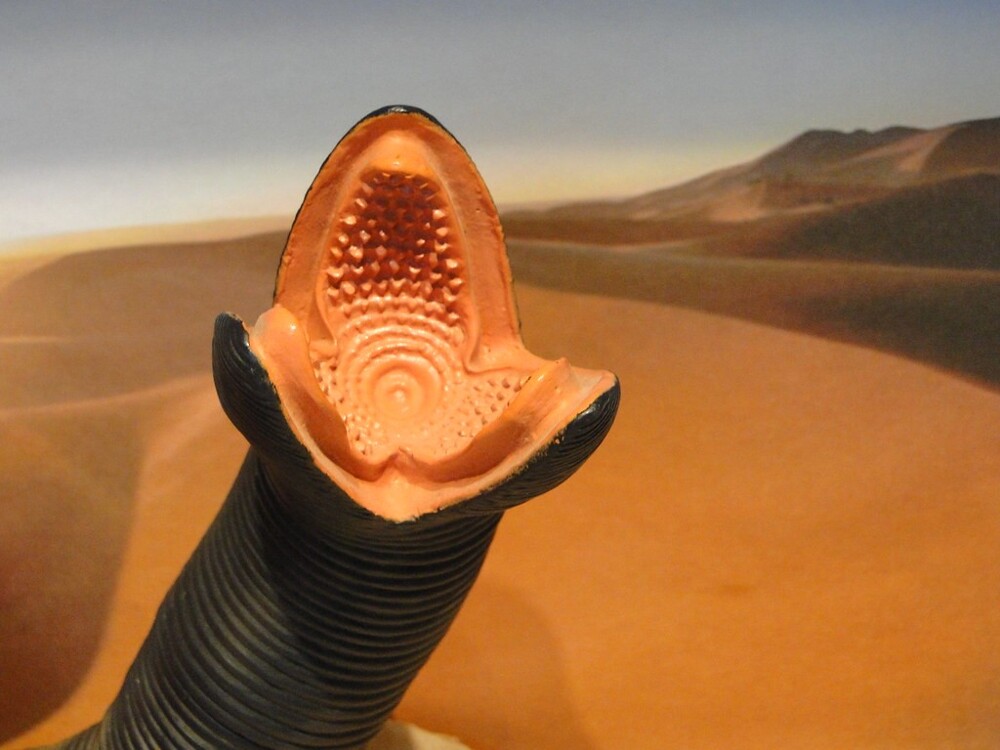
The Mongolian death worm has become an object of popular culture, inspiring books, films and television programs, captivating audiences around the world.
This cultural phenomenon speaks to the appeal of the unknown and the monsters that live in the shadows of our imagination. The Death Worm serves as a reminder of the mysteries that still exist in the world, waiting to be discovered. 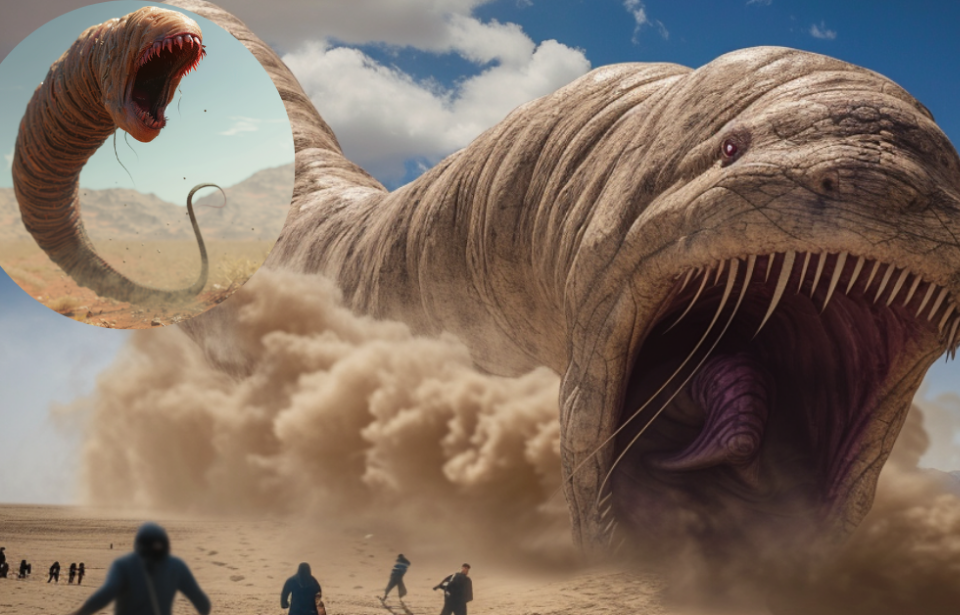
For now, the Mongolian worm remains a mystery, a creature living on the border of myth and reality. Whether he exists or is merely a figment of the collective imagination, he has left an indelible mark on world culture.
His search continues, testifying to man's endless desire for knowledge and fascination with the secrets of the natural world. The Mongolian worm, even if it is an absolute fiction, forces people to explore, ask questions and continue to search for miracles that may be hidden in the most ordinary everyday things and phenomena of our world.


























